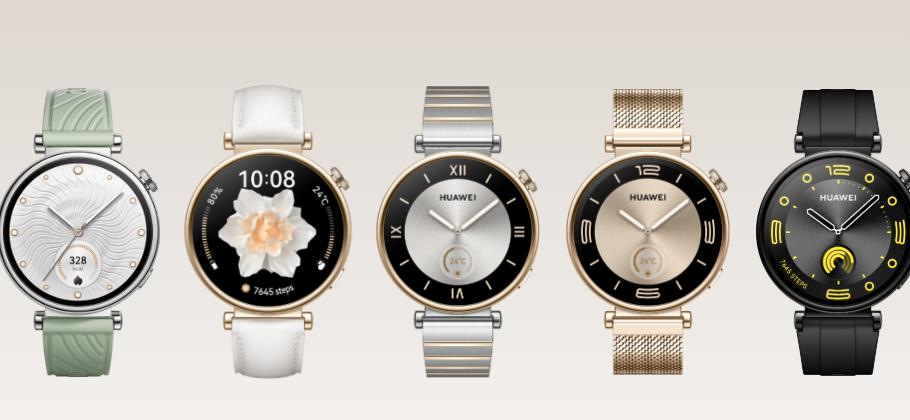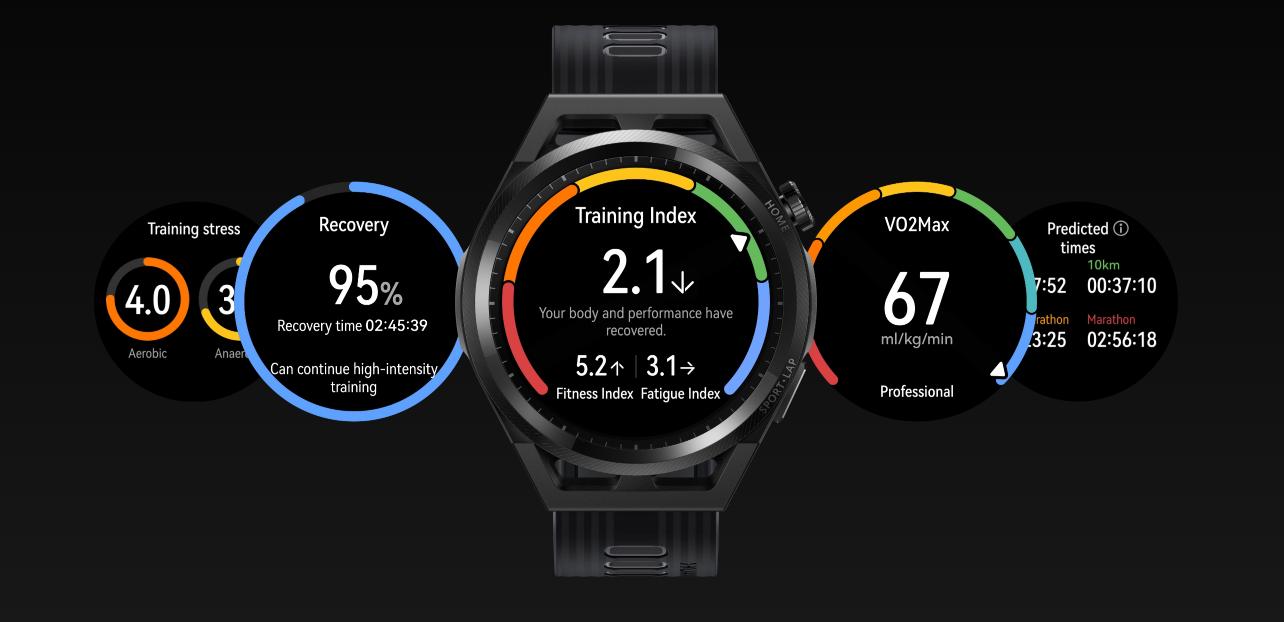
Step tracking is one of the most useful features of modern wearables, since it measures mobility, daily activity, and fitness growth. Because gadgets involve sensors, algorithms, and positioning systems, precision is not guaranteed. Finding the right device and maximizing its performance helps boost data reliability. The Huawei Watch GT6, which has HarmonyOS 6.0 and enhanced sensing, tracks faster and more precisely. Premium materials, improved positioning, and greater motion sensors provide accurate step, exercise, and health tracking.

Why Step Tracking Accuracy Matters
Accurate step monitoring goes beyond just measuring how many steps you take in a day. It has a direct impact on calorie calculations, heart rate data interpretation, and even personal fitness suggestions. If your wearable undercounts, you may underestimate your activity levels, whereas overcounting might lead to a false impression of accomplishment. This can result in poorly planned training programs and delayed progress toward health objectives. Reliable data allows you to monitor performance and set realistic goals. Wearables like the Huawei Watch GT6, which has an enhanced TruSense sensing technology, give increased step precision, allowing for more confident evaluation of sports like hiking, jogging, and cycling.
How Do Wearables Count Your Steps?
Sensors and Motion Detection Technology
Wearables employ accelerometers and gyroscopes to detect motion patterns and translate them into step counts. These sensors use algorithms to detect walking, sprinting, and random arm swings and quantify wrist motions accordingly. For example, when you swing your arms naturally while walking, the gadget recognizes the repeating motion as steps. Advanced wearables, such as the Huawei Watch GT6, take this a step further with an enhanced sensor technology that can detect motions more precisely and over a broader range. With increased sensitivity, the gadget eliminates false positives and enhances the detection of various activity modes. This guarantees that step data represents actual movement rather than irrelevant hand movements.

GPS vs Accelerometer Accuracy
Accelerometers measure steps based on movement, but they can lose accuracy if the gadget misinterprets wrist motions. GPS, on the other hand, estimates distance and speed depending on your location outside, providing more accurate statistics for running or cycling. However, GPS has difficulty inside or in places with poor signal strength. The Huawei Watch GT6 combines the two technologies with its new Sunflower Positioning System 2.0, which improves location accuracy by 20%. With dual-frequency GNSS and an enhanced antenna design, it measures routes and distances more precisely. When GPS data is combined with accelerometer signals, consumers get more accurate step counts across varied terrains and activities.
How Can You Improve Step Accuracy with Wearables?
Wearing Your Device the Right Way
The way you wear your gadget impacts its ability to detect movement. Placing the watch too loosely on the wrist might cause it to move, resulting in missing steps or inaccurate readings. Wear your watch tightly above the wrist bone, but not too tight, for maximum accuracy. To gather accurate data, ensure that the sensors remain in close touch with your skin. Devices like the Huawei Watch GT6, which is made of aerospace-grade titanium alloy and has a ceramic back, are both comfortable and durable. The sapphire glass and anti-corrosion coating keep the item safe in any environment, allowing consumers to use it every day with confidence.
Calibrating and Updating Your Wearable
Wearables become more accurate when they are updated and calibrated on a regular basis. Most gadgets learn your walking stride and adjust over time, but periodic calibration assures better alignment with your real step length. Firmware upgrades also improve sensor algorithms and location accuracy. The Huawei Watch GT6, powered by HarmonyOS 6.0, consistently improves performance with upgrades that refine data collection and extend activity modes. Its innovative system updates, such as enhanced heart rate detection and GPS integration, help to eliminate inaccuracies in step counts and exercise results. Users may improve their fitness tracking experience by connecting with the companion health app and using the most up-to-date software.
Using Apps and Settings for Better Results
Health apps connected to your wearable provide extra tools for refining accuracy. Features like auto-pause during inactivity, workout recognition, and personalized stride length settings allow smarter adjustments. The huawei gt6 integrates seamlessly with its health app, enabling real-time location sharing for group activities, fall detection alerts, and auto cycling data recording. It also offers sophisticated sport measures such as simulated cycling power and gradient tracking, integrating step count into a more comprehensive fitness profile. By experimenting with device settings, tweaking sensitivity, and activating applicable modes, you may obtain clearer, more relevant data that matches actual performance in both everyday life and sports.
Conclusion
Accurate step monitoring enables you to better understand your daily activities, adjust your training regimens, and maintain a healthy lifestyle. Wearables do this through sophisticated sensors, GPS, and enhanced algorithms; nevertheless, accuracy is still dependent on correct usage and calibration. The Huawei Watch GT6 stands out for its updated sensor technology, improved location, and an intelligent operating system that refines data in real time. It is designed for active lives, with durable materials, professional sports features, and a long-lasting battery. You can trust your step statistics and make healthy progress if you wear your gadget appropriately and use its settings properly.